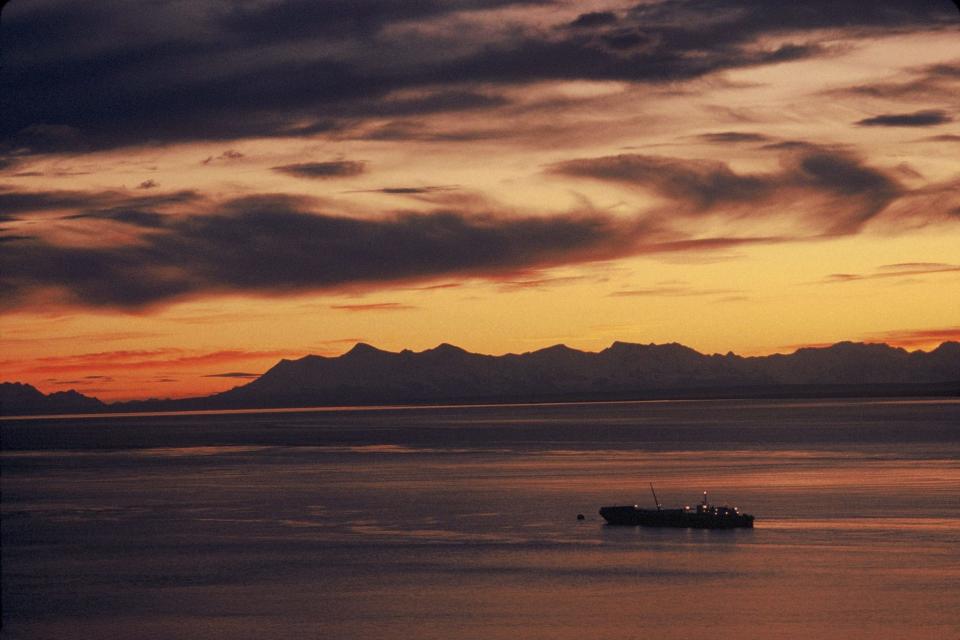Why are rivers in Alaska turning orange?

Normally, the rivers that run through Alaska are a pristine blue. But lately, there have been a number that look rusty—orange, even.
It’s not pollution (well, not from any man-made source, at least). The discoloration is coming from permafrost that’s finally thawing, which is releasing metals—including iron, zinc, copper, nickel and lead—into the rivers.
A new study in the journal Communications: Earth & Environment finds climate change has been releasing these metals into the water for up to the last 10 years, resulting in lower pH levels and higher sulfates.
“Arctic soils contain large amounts of organic carbon, nutrients, mercury, and other metals, much of which are stored in perennially frozen ground, or permafrost,” the report reads. “Warming and increased snowfall is causing widespread permafrost thaw, which alters and generates new hydrologic flow paths, can alter soil and bedrock weathering patterns, and mobilizes thawed chemical constituents for transport from soils to streams and rivers.”
70 Alaskan rivers are turning bright orange as acidic toxic metal escapes from melting permafros turning them bright orange and making water highly acidic so vibrant the rivers can be seen from space.
Live Science website reports problem is likely to get worse in the future. pic.twitter.com/djN7mZFR1J— Tom MacSweeney (@TomMacSweeney) May 25, 2024
The additional chemicals in the water have been linked to “dramatic declines” in the number of fish in the streams and could have “considerable implications” for drinking-water supplies in rural Alaska. Vegetation near the streams is also blackened or dead.
Research on the discoloration began seven years ago—and researchers say they will continue to monitor the situation, focusing on the impact on the state’s environment and residents, as well as looking for the location of additional metal and mineral sources that could increase the contamination.
Warming climates are causing increased concentrations of metals in rivers in other parts of the world as well. Colorado has seen an increase over the past 30 years, and rivers from along the equator to the Alps have seen similar impacts.
This story was originally featured on Fortune.com

 Yahoo Finance
Yahoo Finance 